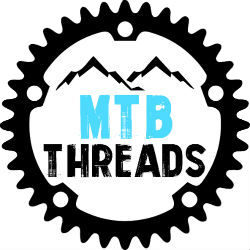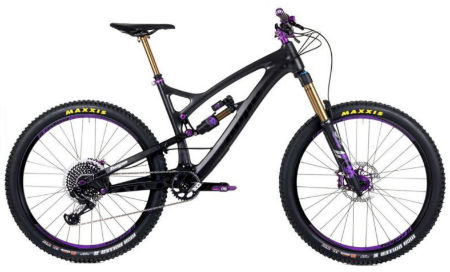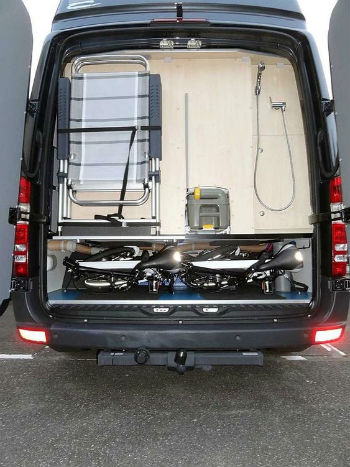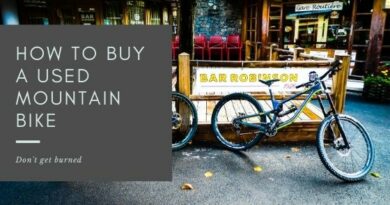What is the best Mountain Bike to buy?
One of the most common questions I get is, “What is the best mountain bike to buy?”. It is an extensive question, and it is very rare that you can say, “buy this one”. So, in this post, I am going to help you answer the question for yourself. This is because there are a few factors you need to consider when buying a mountain bike.
What is the best mountain bike?
The best mountain bike for you may not be the best mountain bike for me. This is because we may have different styles of riding, tastes, budgets, and we may ride on different terrain. Therefore, we may need bikes of entirely different types. To make things a bit more complicated, there are variations within each type of bike too. This means we have a vast choice of mountain bikes to consider. Personally, I think it is fun weighing up the pros and cons of each bike. I suppose that is why I started this website.
With this vast range of mountain bikes to choose from, there is one for everybody. Whether you are a cross-country racer, looking for the fastest bike to go uphill, or if you are a looking for something that will get you from top to bottom as fast as possible, there is something for you.
I have put together a list of mountain bikes that you may be interested in. These all have travel between 120mm and 170mm. This makes them trail or enduro bikes, meaning between them, they are suitable for pretty much any trail.
Trends for Modern Mountain Bikes
Keeping it simple
Well kind of. Front derailleurs are on their way out. This is because there is a rise in the popularity of 1×11 and 1×12 drivetrains. These have great gear ranges while giving reliable chain retention. The space where you would have found the front derailleur is now being used to make frames stiffer and lighter. It also allows the improved design of the rear suspension pivot. One of the advantages of this is that bikes are more straightforward concerning the drivetrain. This means there is less to go wrong with it and the chain has less opportunity to jump off on bumpy terrain.
Fork Offsets
The reaches and front centres of mountain bikes are growing, and head angles are getting slacker. Therefore, mountain bike manufacturers are starting to use a shorter offset fork (usually 44mm, but some are shorter) on their 29ers. This helps offset the increased front centre and wheelbase length caused by the longer reaches and slacker head angles. This makes the steering feel more responsive.
Longer Reach
As I said above, reaches are getting longer and angles are getting slacker. This lengthens the bike’s front centre and wheelbase. This means that your weight is between the wheels more, giving your bike a more stable and smooth feel. It also makes it more secure when you ride steep stuff. However, a longer front centre and wheelbase can make the bike less stable at slower speeds, harder to manoeuvre in tight terrain, and requires the rider to be more committed about putting weight on the front wheel when cornering.
Plus Tyres are on their way out
The plus width tyres we saw a coming in a couple of years ago (2.8 and 3.0-inch width) seem to be less popular. However, 2.6-inch “mid-fat” tyres are gaining in popularity. There are still lots of mountain bikes that you can fit plus-sized tyres on, but there appear to be less 27.5+ builds. But, more companies are building 27.5+ compatibility into their 29ers.
Steep Seat Angles
Back to new trees in geometry, Mountain bikes are starting to get seat tube angles. They are as steep as 76 degrees, or more. The idea behind this is to give the rider a more favourable climbing position. This also means the seat tube is further out of the way as they try to increase travel, decrease chainstay length, and fit bigger wheels and tires in their frames. Steeper seat tube angles also prevent dropper posts from binding at the top of their travel.




